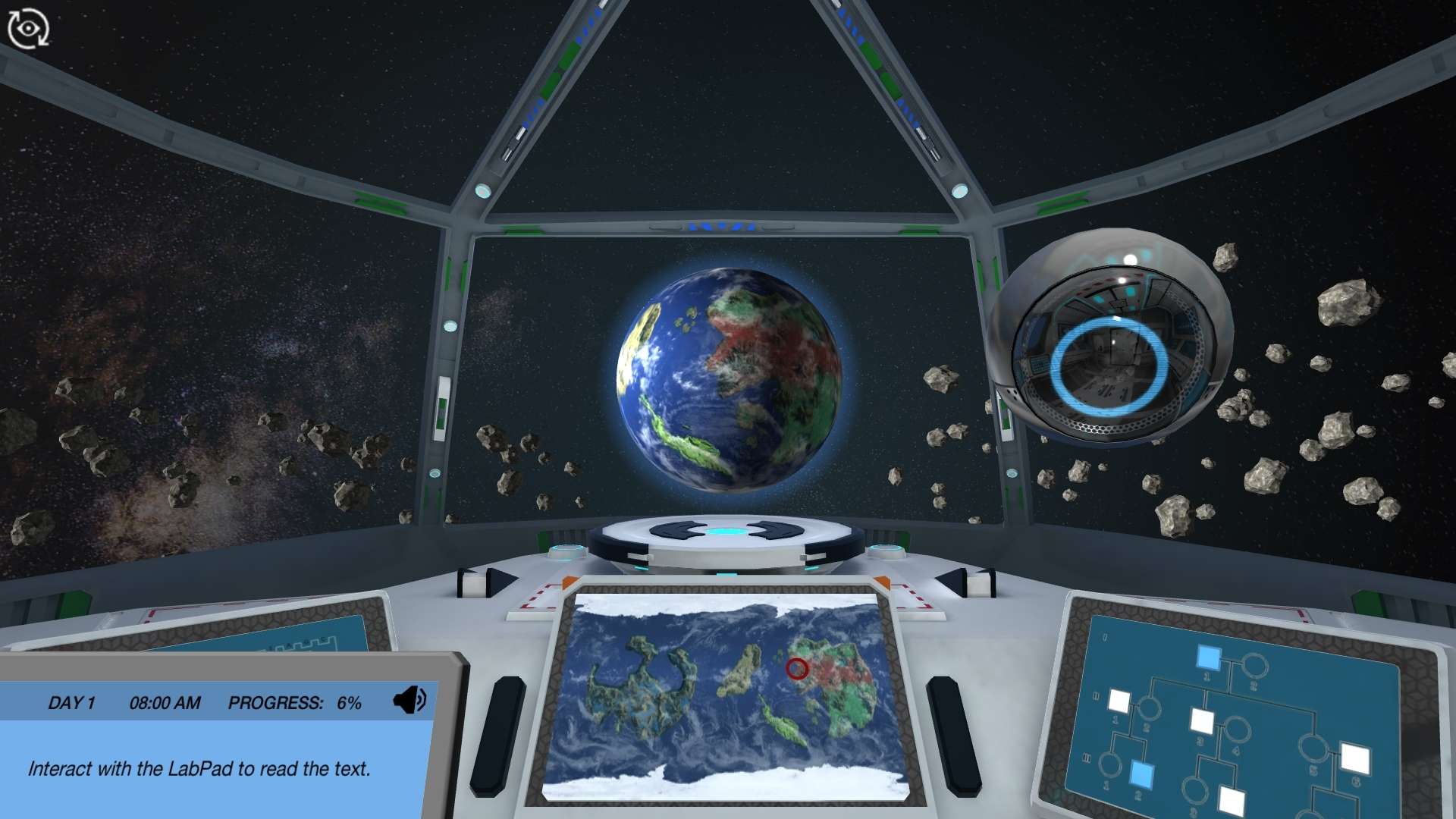Heading 1
Heading 2
Heading 3
Heading 4
Heading 5
Heading 6
Lorem ipsum dolor sit amet, consectetur adipiscing elit, sed do eiusmod tempor incididunt ut labore et dolore magna aliqua. Ut enim ad minim veniam, quis nostrud exercitation ullamco laboris nisi ut aliquip ex ea commodo consequat. Duis aute irure dolor in reprehenderit in voluptate velit esse cillum dolore eu fugiat nulla pariatur.
Block quote
Ordered list
- Item 1
- Item 2
- Item 3
Unordered list
- Item A
- Item B
- Item C
Bold text
Emphasis
Superscript
Subscript
About This Simulation
Help the residents in Astakos IV to increase the yield of their crops by reducing the competition between different species.
Learning Objectives
- Identify competition between species and quantify the strength of competition between two species
- Establish evidence of competition in an agricultural environment
About This Simulation
Lab Techniques
- de Wit replacement series
Related Standards
- HS-LS2-1
- HS-LS2-2
- HS-LS4-2
- Unit 8: Ecology
- Big Idea 4: Systems interactions
- Potentially too high level, but could support:
- Biology C: Ecology and Conservation
- Potentially too high level, but could support:
- Biology Unit 4: Ecology
Learn More About This Simulation
Competition. we are so used to that word nowadays, but what does it mean in ecology? In this simulation, you will learn how to identify and quantify competition between species on the newly discovered exoplanet Astakos IV.
Improve the yield of crops
You are on Astakos IV, the newly discovered exoplanet. The farmers on this planet have started to grow a newly discovered type of crop called Whean. But for some reason, the farmers are producing much less Whean than expected. Your task is to help out the farmers on Astakos IV find out why this is, and to improve their yield to ensure a sustainable source of food for the population.
Identify and quantify competition
Your next task will be to identify whether there is competition between species or not, and if there is, how it can be quantified. You will work in the Whean fields on the farms and in the new, amazing greenhouse on the planet. In real life, you would have needed months to make the plants grow, but in these virtual facilities, you will be able to quantify the competition between species in a matter of minutes!
Test your hypothesis
Last, you will test your experiment design skills in a number of different missions, and you will learn how to use de Wit replacement series to further analyze the competition between different species.
Will you be able to help out the farmers on Astakos IV to increase the yield of their crops?
For Science Programs Providing a Learning Advantage
Boost STEM Pass Rates
Boost Learning with Fun
75% of students show high engagement and improved grades with Labster
Discover Simulations That Match Your Syllabus
Easily bolster your learning objectives with relevant, interactive content
Place Students in the Shoes of Real Scientists
Practice a lab procedure or visualize theory through narrative-driven scenarios


FAQs
Find answers to frequently asked questions.
Heading 1
Heading 2
Heading 3
Heading 4
Heading 5
Heading 6
Lorem ipsum dolor sit amet, consectetur adipiscing elit, sed do eiusmod tempor incididunt ut labore et dolore magna aliqua. Ut enim ad minim veniam, quis nostrud exercitation ullamco laboris nisi ut aliquip ex ea commodo consequat. Duis aute irure dolor in reprehenderit in voluptate velit esse cillum dolore eu fugiat nulla pariatur.
Block quote
Ordered list
- Item 1
- Item 2
- Item 3
Unordered list
- Item A
- Item B
- Item C
Bold text
Emphasis
Superscript
Subscript
A Labster virtual lab is an interactive, multimedia assignment that students access right from their computers. Many Labster virtual labs prepare students for success in college by introducing foundational knowledge using multimedia visualizations that make it easier to understand complex concepts. Other Labster virtual labs prepare learners for careers in STEM labs by giving them realistic practice on lab techniques and procedures.
Labster’s virtual lab simulations are created by scientists and designed to maximize engagement and interactivity. Unlike watching a video or reading a textbook, Labster virtual labs are interactive. To make progress, students must think critically and solve a real-world problem. We believe that learning by doing makes STEM stick.
Yes, Labster is compatible with all major LMS (Learning Management Systems) including Blackboard, Canvas, D2L, Moodle, and many others. Students can access Labster like any other assignment. If your institution does not choose an LMS integration, students will log into Labster’s Course Manager once they have an account created. Your institution will decide which is the best access method.
Labster is available for purchase by instructors, faculty, and administrators at education institutions. Purchasing our starter package, Labster Explorer, can be done using a credit card if you are located in the USA, Canada, or Mexico. If you are outside of North America or are choosing a higher plan, please speak with a Labster sales representative. Compare plans.
Labster supports a wide range of STEM courses at the high school, college, and university level across fields in biology, chemistry, physics, and health sciences. You can identify topics for your courses by searching our Content Catalog.















